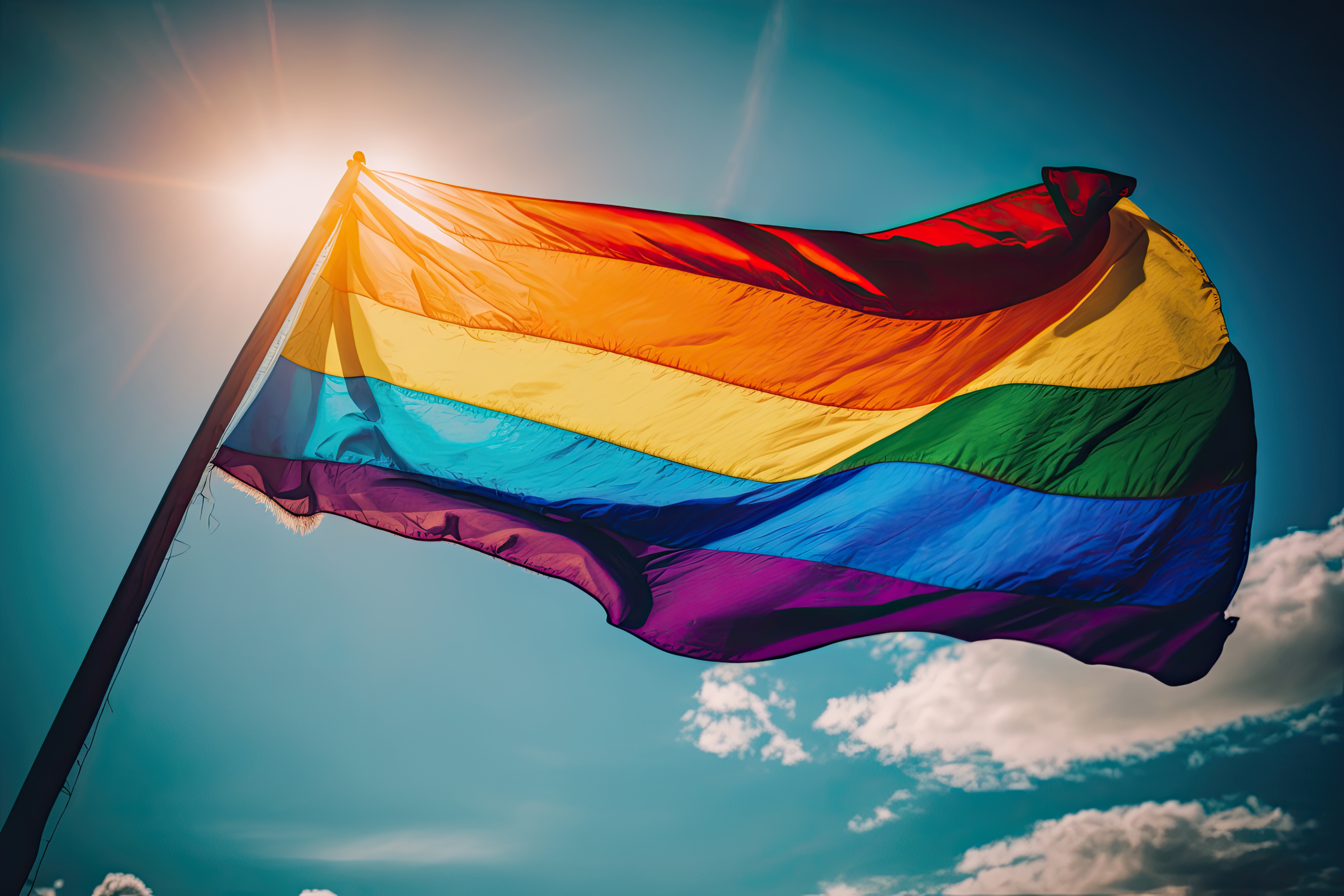Schools are designed to be welcoming places for all students. But the same is not true for lesbians, gays, bisexuals, transgender, and queer (LGBTQ) students. In the past, there was little research on LGBTQ student development. However, changing times have illuminated the disparity undergraduates face, prompting proactive actions. Still, we are a long way from achieving equality. Persistent, targeted discrimination and oppression from fellow students, family, and staff exist. Like their peers, LGBTQ students want to feel they belong at the institution. Our article will explore why minority LGBTQ groups need support and how to do it.
How Does Support Affect LGBTQ Students
Why do we need to protect and promote the rights of the members of the LGBT community? The reason is that LGBTQ issues in society and education are non-exhaustive. That’s why teachers sometimes assign LGBTQ essay writing tasks. Instructors use them to encourage students to do research for a comprehensive understanding.
Research papers focused on LGBTQ topics provide visibility and representation for individual experiences. With this, students feel acknowledged and validated. If you don’t know how to write essay on difficult topic, we recommend you get help with essay. The research paper writer explores identities and challenges and affirms student experiences. A well-drafted research paper challenges negative stigmas and stereotypes. They become valuable educational resources for educators, students, and the community.
The educational environment is vital to identity development. Students explore cultures, history, and people. Likewise, it provides an opportunity to learn about their identity. Undergraduates who receive acceptance are less likely to experience anxiety from isolation.
LGBTQ students are at a higher risk of being bullied in person and online. Take a look at the table below to understand the severity of the issue according to GLSEN data:
| Percentage affected | Incident |
| 90% | LGBTQ students hear anti-LGBT comments in school. 1/3 come from staff members. |
| 84% | Report verbal harassment because of their identity or orientation. |
| 74% | Report sexual harassment based on identity or expression. |
| 25% | Have been physically hurt. |
| 55% | Report physical attacks |
| 28% | School dropouts due to harassment. |
| 52% | Whoever considered dropping out reported a hostile school climate as their reason. |
| 50% | Transgender youth attempt suicide |
| 34% | Suffer parental violence |
LGBTQ undergraduates experience microaggressions, a lack of role models, and religious or cultural conflicts. It is even worse when it intersects with race, ethnicity, or disability. As a result, youths are more likely to attempt suicide, abuse alcohol, and suffer grade decline. The only way to mitigate the circumstances is to offer adequate support. But how do we communicate it to society?

How to Communicate LGBTQ Support to Society
LGBTQ support has a profound impact on well-being, academic performance, and success. Its advantages include:
- Boosts self-confidence and self-esteem.
- Reduce risky behavior.
- Aid identity development.
- Reduces bullying and harassment.
- Build healthy relationships.
- Career aspiration and advocacy.
Communicating LGBTQ support involves raising awareness, promoting understanding, and fostering an inclusive environment. The best ways to do them are the following:
Educational Awareness through Written and Research Papers
LGBTQ students face many struggles. But the most popular stressors come from fellow students and staff. Hence, the first thing is to educate undergraduates about the challenges LGBTQ students face. Research papers provide accurate information about history, terminologies, and issues to dispel misconceptions. The articles enrich the curriculum with different viewpoints and provide evidence to support advocacy. Undergraduates use them to learn about societal and cultural influences and discuss them in classrooms. Likewise, educators become more knowledgeable and better equipped to support students.
Create Inclusive Spaces
The college is responsible for creating a safe space for LGBTQ individuals. The top ways to do this are:
- Displaying LGBTQ flags, symbols, or resources to indicate support.
- Supporting LGBTQ student organizations.
- Engaging in conversations with family and friends to foster understanding and empathy.
- Organizing events.
- Supporting costumes and promoting art, literature, and other creative expressions.
- Using inclusive languages.
- Collaborating with allies.
- Integrating related topics into the curriculum.
Creating a Safe School Environment for LGBTQ Students
Many gays and lesbians are uncomfortable being open about their sexualities or identities. But who can blame them? Students suffer physical, emotional, and mental abuse from family, friends, and teachers. Hence, the school must play an active role in promoting inclusivity. From advocating policies to leading by example, they must show support openly. Likewise, stakeholders have to speak against discrimination, promote acceptance, and challenge misconceptions. We recommend institutions integrate LGBTQ topics into the curriculum and organize workshops with experts. The goal is to do all things necessary to ensure a safe school environment where every student is respected.















